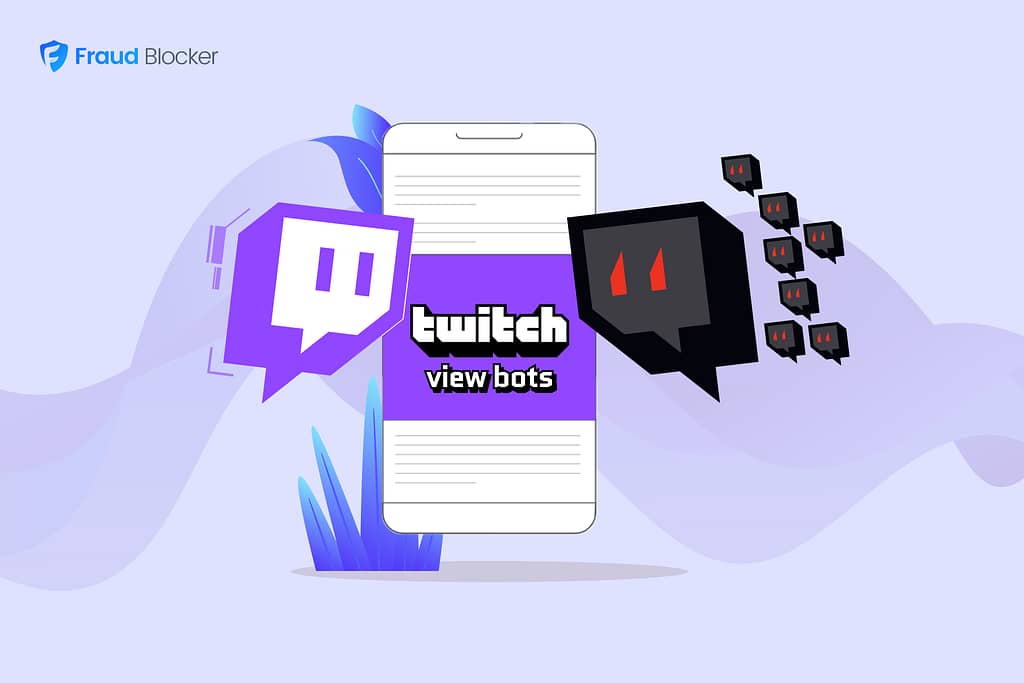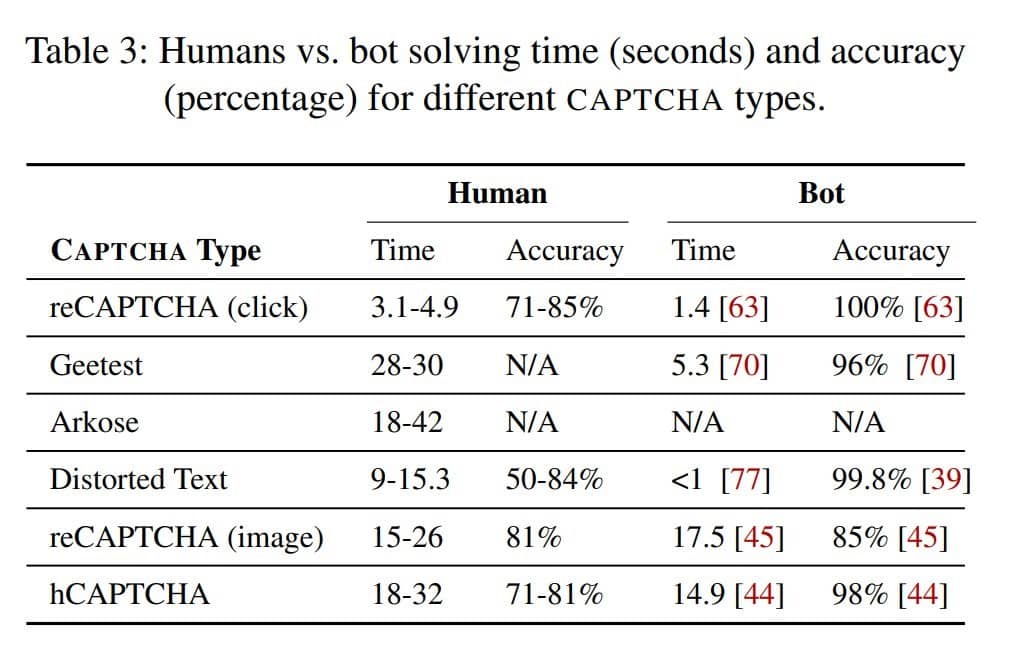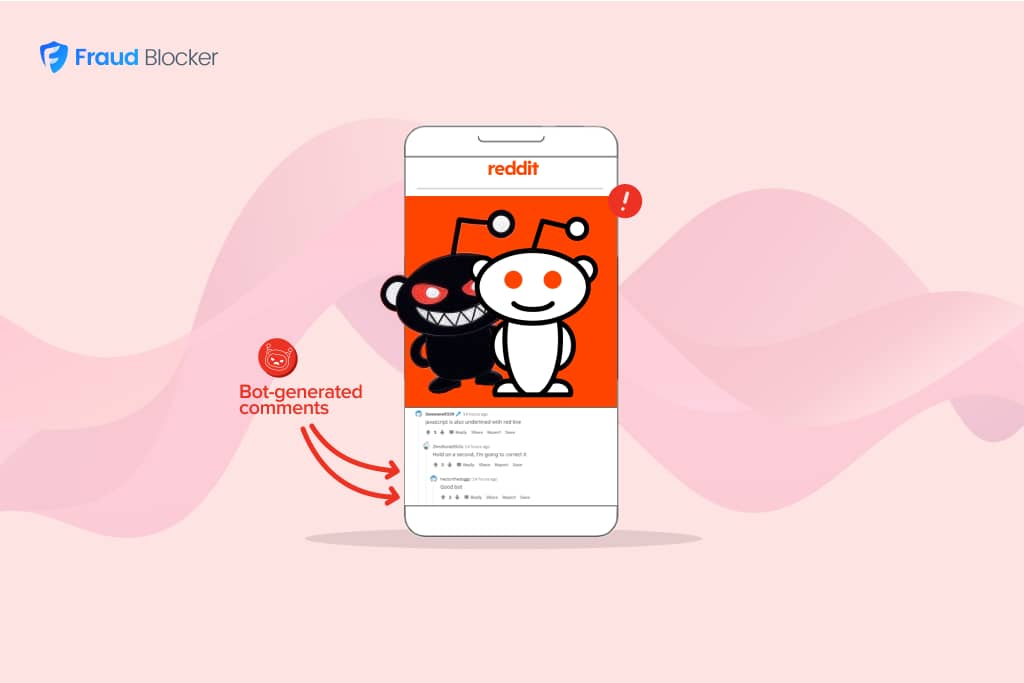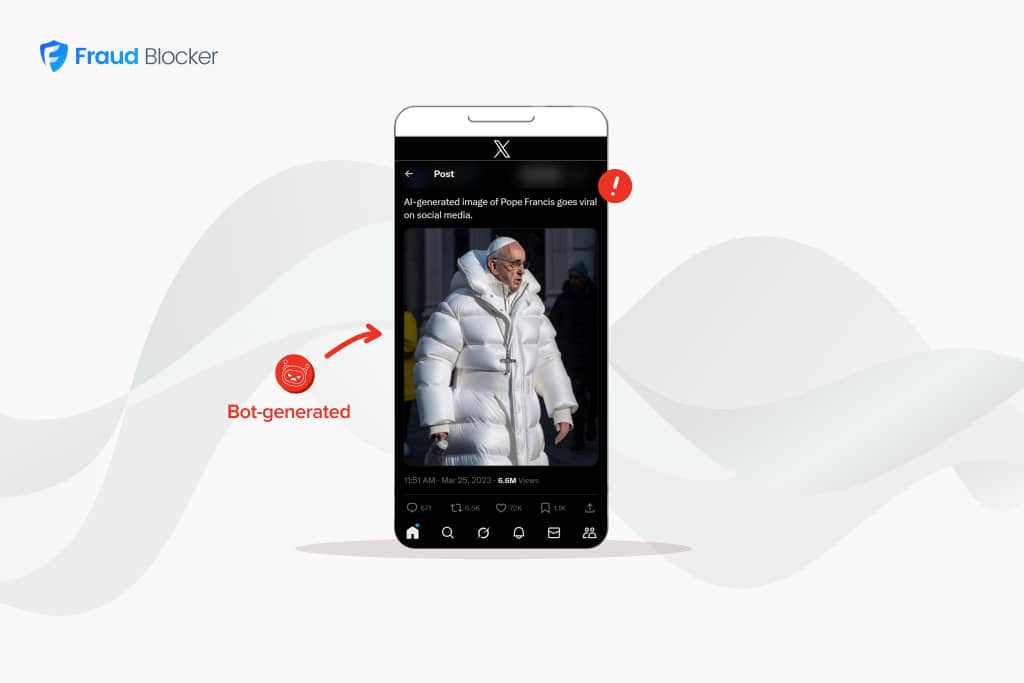
NEW New feature: Verify & block fake emails

We improve your ad performance by blocking click fraud and fake emails

Click fraud is costing advertisers billions in loses. Learn more here.

Click fraud is costing advertisers billions in loses. Learn more here.


Have you experienced fake leads from your form submissions on your website?
It’s extremely rare to NOT have any fake leads coming in from your ad campaigns when 25% of internet traffic is comprised of bad bots.
Fake leads can appear in many ways:
People submit leads for many different reasons, however the most common reason for fake leads is because the user (or bot) is paid for submitting the lead – either from the initial ad click or after submitting the form. Fake leads are especially common if you’ve worked with affiliates where they are often paid per lead submitted (a “cost-per-lead” model).
Creating a “Honeypot” is an easy way to help you reduce or eliminate your fake leads and improve your advertising performance.
“Form spam” is the filling out of forms on websites by malicious actors with the goal of generating profits by providing scam information, phishing links or by receiving payouts from advertisers.
Form spam is typically performed by a bot that is programmed to look for forms on the web and fill them out at scale without any real purchase intent.
Advertisers that buy media using a pay-per-lead model (CPL), such as with affiliate programs, are especially ripe targets of form spam as the spammers are paid each time they complete a lead form. While humans can also create fake leads and earn commission, bots can perform the same task at scale, while still maintaining the illusion of a human user.
Form spam can also increase the perceived success of an ad network. For example, if an advertiser is testing ad campaigns on a new display network, they would be more likely to increase their spend with that network if the traffic produced a high rate of form submissions. A bot can produce these results unbeknownst to the advertiser that the leads are fake.
Overall, form spam is a nuisance to website owners as it can interfere with their performance analytics and it can be very difficult to detect since their behavior mimics humans.
For nearly two decades, CAPTCHAs have been widely used to protect against bots. But today bots are much more sophisticated and can easily defeat or bypass CAPTCHAs.
A recent study from Cornell University, shows that bots are far more successful at completing CAPTCHA then humans. Thus, using it may even be counter-productive by causing you to believe your leads are more qualified, while, in fact, it could be the opposite.

Image: success rates of CAPTCHA by bots and humans
A honeypot is a technique designed to attract and trap form bots and other types of web bots.
For advertisers, CAPTCHAs have high success rates by bots and they also don’t identify the source of where the bots came from.
On the other hand, a honeypot enables the bot to actually submit the form successfully and you can capture additional identifiers, such as IP address, to potentially block that user or source in the future.
It works by adding a “hidden” field in the CSS. This field is invisible to humans, but since bots read the HTML on the page, they see the field and fill it out. When you review the results, any traffic that completed the form is fraudulent and you should immediately pause all campaigns from those sources (You should also get a refund. Here’s how to get a refund from Google Ads)
Here’s visually how a honeypot works:
Image: how a honeypot works
Tips to create a honeypot:
Bots can also ruin your advertising performance by clicking on your ads and draining your ad budget. Fraud Blocker helps protect you from all forms of bots and ad fraud. Try our free 7-day trial and improve your results today.


